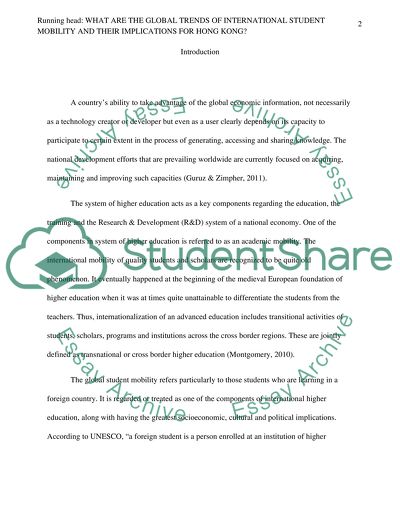Cite this document
(“What Are The Global Trends Of International Student Mobility And Their Term Paper”, n.d.)
Retrieved de https://studentshare.org/education/1394161-what-are-the-global-trends-of-international
Retrieved de https://studentshare.org/education/1394161-what-are-the-global-trends-of-international
(What Are The Global Trends Of International Student Mobility And Their Term Paper)
https://studentshare.org/education/1394161-what-are-the-global-trends-of-international.
https://studentshare.org/education/1394161-what-are-the-global-trends-of-international.
“What Are The Global Trends Of International Student Mobility And Their Term Paper”, n.d. https://studentshare.org/education/1394161-what-are-the-global-trends-of-international.


